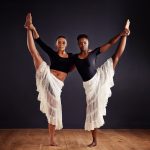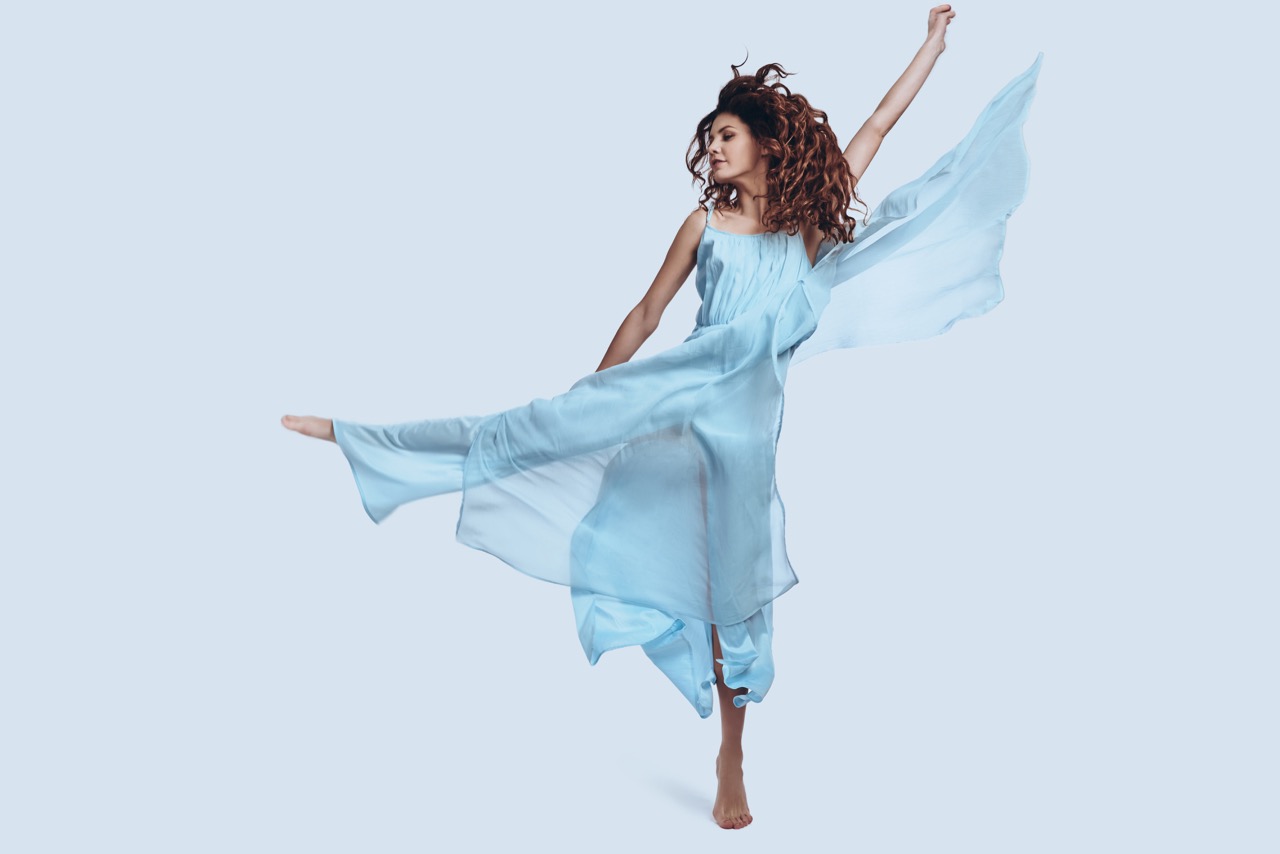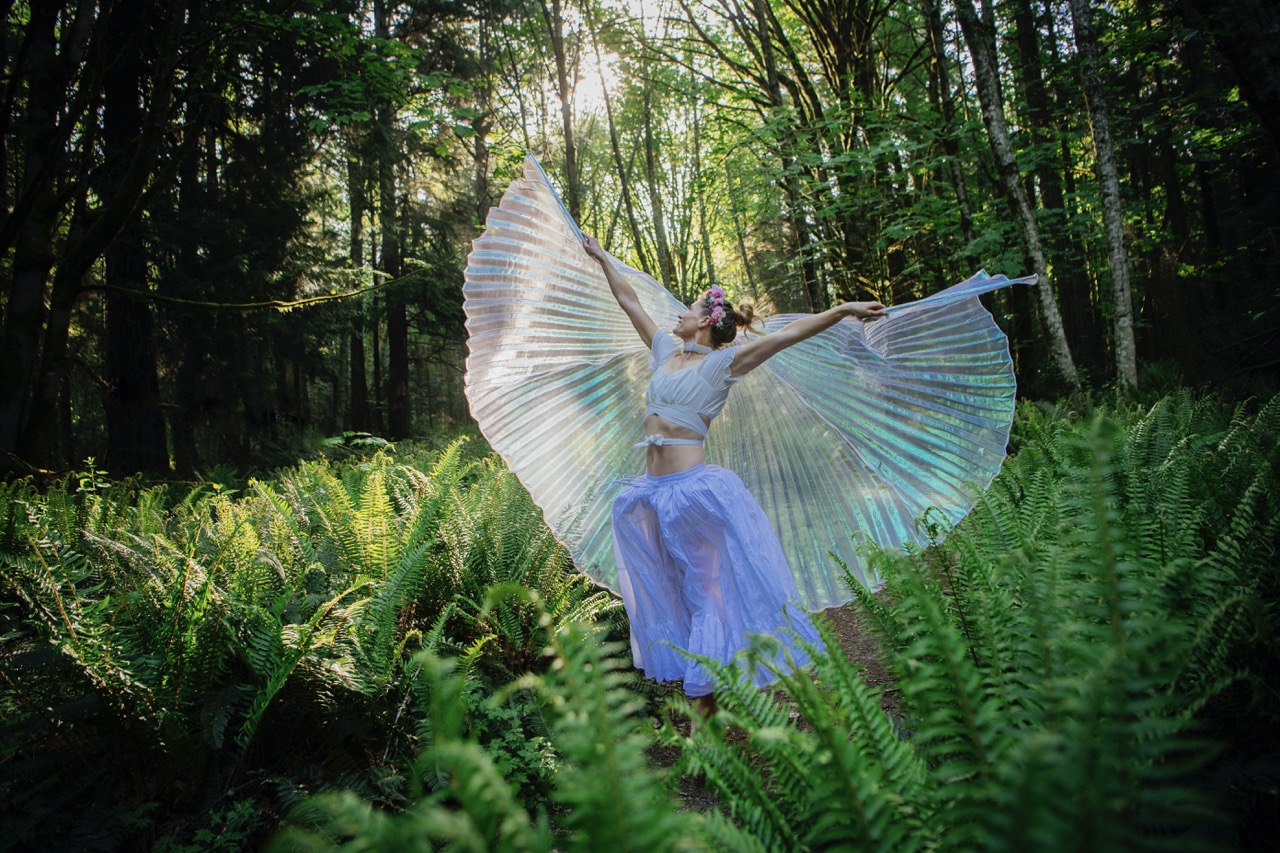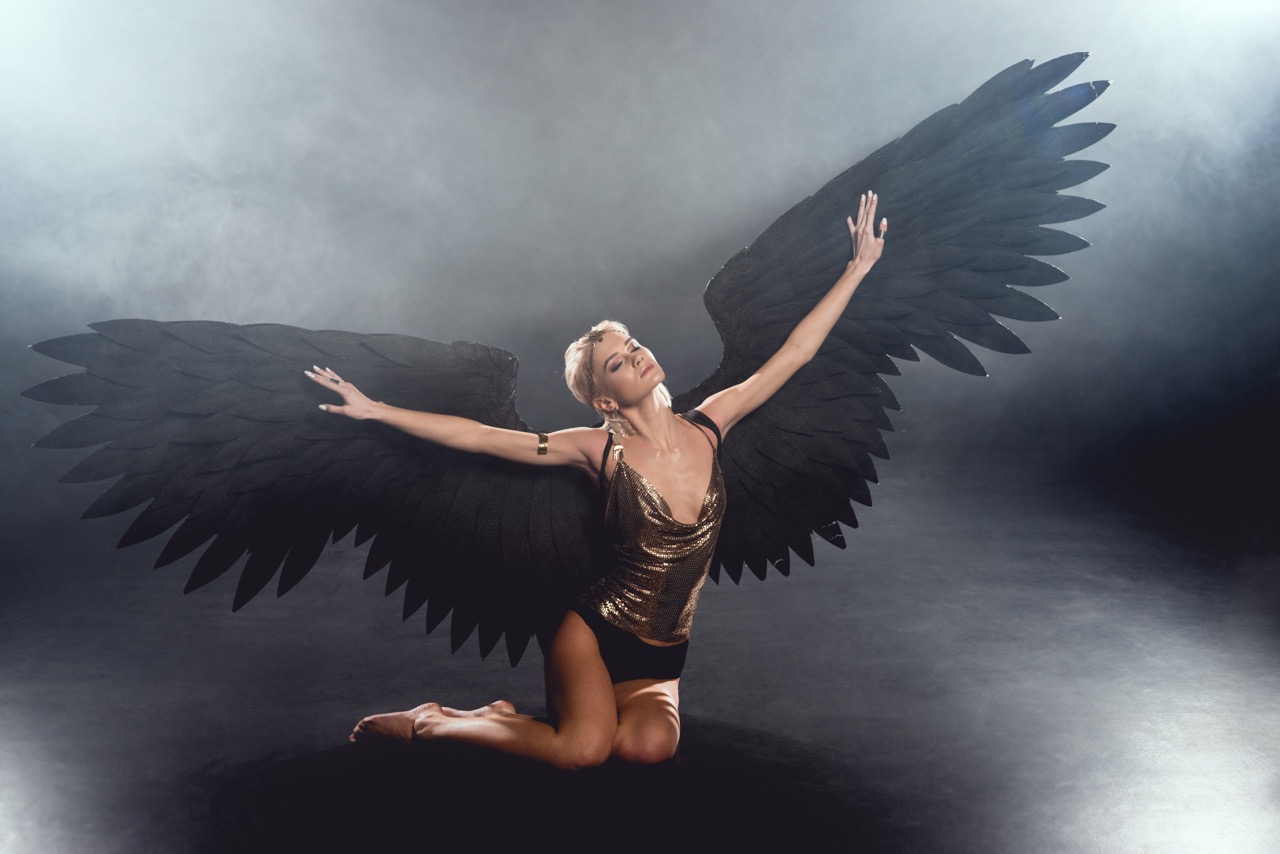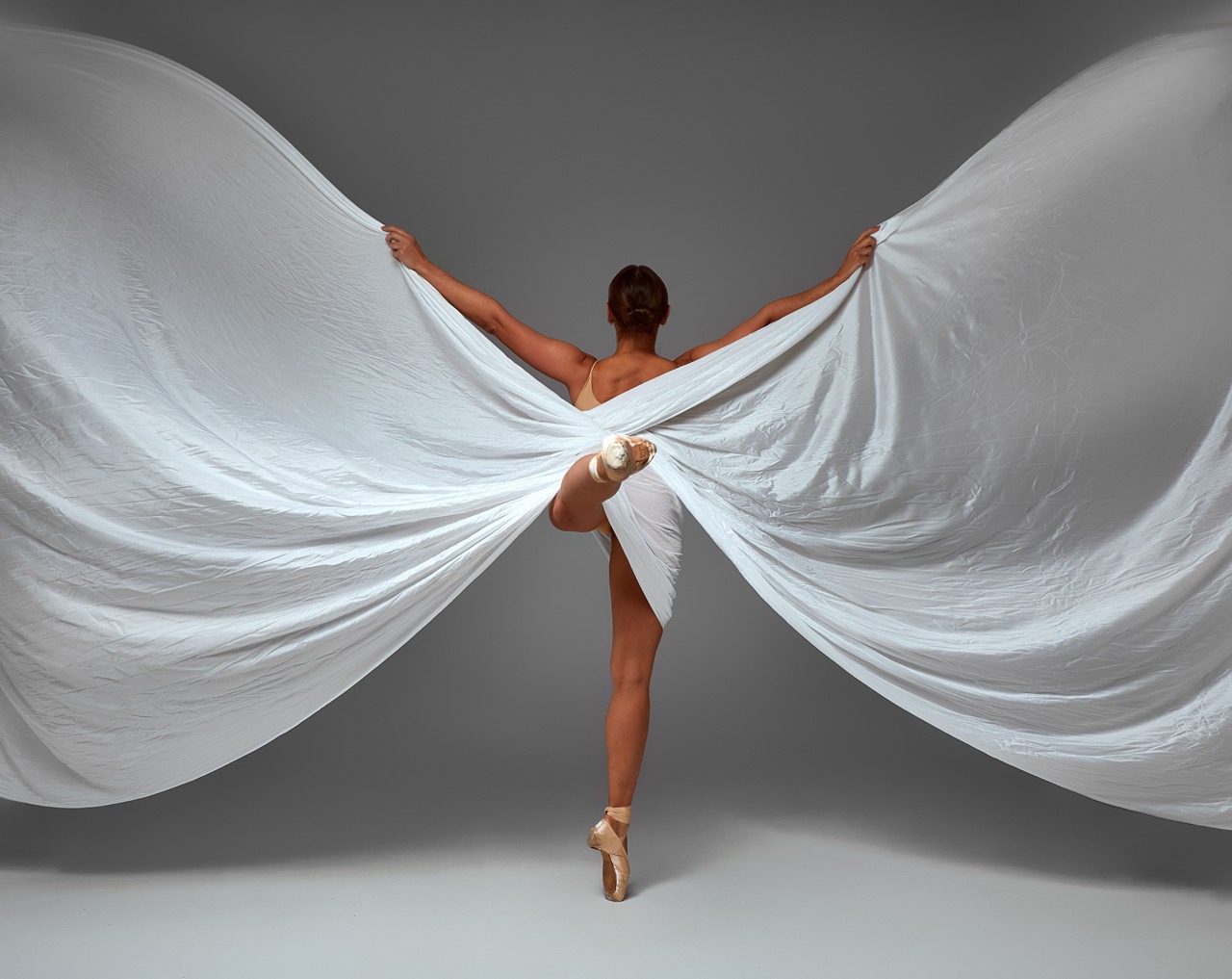Dance is a universal language that transcends barriers, connecting individuals through movement and rhythm. Across the globe, various dance styles have emerged, each with its unique history, techniques, and cultural significance. From the structured lines of ballet to the expressive rhythms of hip-hop, dance reflects the diversity of human experiences. In this article, we will explore different types of dance styles, delving into their origins, characteristics, and the ways they resonate with our identity.
The Rhythm of Diversity: Unpacking Dance Styles Worldwide
The world of dance is a rich tapestry woven with threads of culture, tradition, and individual expression. Each region has its own unique dance forms that often tell stories, celebrate rituals, or simply provide a means of social interaction. For instance, African dance celebrates community and heritage, utilizing vibrant movements that reflect the rhythm of life. Meanwhile, traditional Indian dance forms like Bharatanatyam or Kathak are deeply rooted in storytelling, combining intricate footwork with expressive hand gestures and facial expressions.
In contrast, Western folk dances, such as the Irish jig or the Ukrainian hopak, showcase the communal spirit of celebration and joy. These dances often involve intricate footwork, lively music, and, quite importantly, a sense of togetherness among participants. Beyond their entertainment value, folk dances serve to preserve history and pass down traditions from generation to generation, embodying the essence of cultural identity.
Additionally, the globalization of culture has led to the fusion of dance styles, creating a new landscape of movement that reflects contemporary society. Street dance, for instance, has its roots in urban environments and embodies a blend of styles such as breaking, locking, and popping. This evolution illustrates how dance is constantly adapting, allowing for personal expression while still honoring its foundational roots.
Classical Elegance: The Timeless Allure of Ballet
Ballet is often regarded as the epitome of classical dance, characterized by its grace, precision, and technical mastery. Originating in the Italian Renaissance courts of the 15th century, ballet has transformed over the centuries into a highly structured art form, with its own vocabulary, techniques, and performance standards. The ethereal quality of ballet is achieved through a combination of strong technique, musicality, and artistry, which allows dancers to convey profound emotions through physical movement.
The world of ballet is divided into various styles, including classical ballet, contemporary ballet, and neoclassical ballet. Each style brings its nuances, from the romanticism of the 19th-century ballets like "Swan Lake" to the bold and innovative choreography of contemporary ballet. Iconic ballet companies, such as the Bolshoi Ballet and the Royal Ballet, have played a significant role in shaping and preserving the art form, captivating audiences with their stunning performances and storytelling prowess.
Ballet’s timeless allure lies not only in its aesthetic beauty but also in its discipline. Dancers often dedicate years to mastering the craft, with rigorous training that emphasizes strength, flexibility, and artistry. This dedication results in performances that are both technically impressive and emotionally resonant, making ballet a cornerstone of the dance world and a profound influence on numerous other dance styles.
From Hip-Hop to Tango: The Pulse of Modern Dance
As society evolves, so too does the dance world, giving rise to a plethora of modern dance styles that reflect contemporary culture and sensibilities. Hip-hop dance, for example, emerged from urban streets in the late 20th century and is characterized by its energetic movements and improvisational nature. With subgenres like breaking, locking, and krumping, hip-hop has become a vibrant medium for self-expression, often addressing social issues and personal narratives.
In stark contrast, the sultry movements of tango, originating from the working-class neighborhoods of Buenos Aires in the late 19th century, showcase the depth of emotional connection between partners. Tango is not only a dance but also a cultural phenomenon, embodying passion, intimacy, and the complexities of relationships. The close embrace and intricate footwork tell stories of longing, desire, and heartbreak, captivating audiences as dancers navigate the floor with precision and flair.
Modern dance styles also encompass a range of influences, from jazz and contemporary to experimental forms. The fluidity of contemporary dance allows for the exploration of abstract concepts and themes, breaking free from traditional forms and embracing innovation. This diversity in modern dance reflects the ever-changing landscape of society, where artists continually push boundaries to create thought-provoking performances that resonate on deeper levels.
Cultural Expressions: Dance as a Reflection of Identity
Dance serves as a powerful vehicle for cultural expression, allowing individuals and communities to convey their identities and histories. From the lively samba of Brazil to the intricate movements of traditional Chinese dance, each dance style encapsulates the values, traditions, and stories of its people. As dancers perform, they not only share their art but also celebrate their heritage, fostering a sense of pride and belonging.
Moreover, dance can act as a bridge between generations, preserving cultural narratives while adapting to contemporary contexts. For many indigenous communities, traditional dance forms serve as a means of cultural survival and revival, connecting younger generations with their ancestry and traditions. Through dance, communities reclaim their identities, share their stories, and foster resilience in a rapidly changing world.
In our increasingly interconnected society, cultural exchange through dance has become more prevalent. Cross-cultural collaborations and fusions are emerging, highlighting the beauty of diversity and the shared human experience. While these collaborations can lead to exciting new forms of dance, they also pose questions about authenticity and cultural appropriation, prompting vital conversations about respect, acknowledgment, and the importance of honoring the origins of dance styles.
In conclusion, the exploration of dance styles reveals a dynamic interplay between culture, expression, and identity. From the disciplined elegance of ballet to the vibrant beats of hip-hop, dance serves as a reflection of our diverse human experience. It connects us to our roots while allowing for innovation and personal expression. As we celebrate the richness of dance worldwide, we acknowledge its power to foster understanding, appreciation, and unity among different cultures. Through movement, we continue to tell our stories, honor our traditions, and embrace the beauty of our shared humanity.




